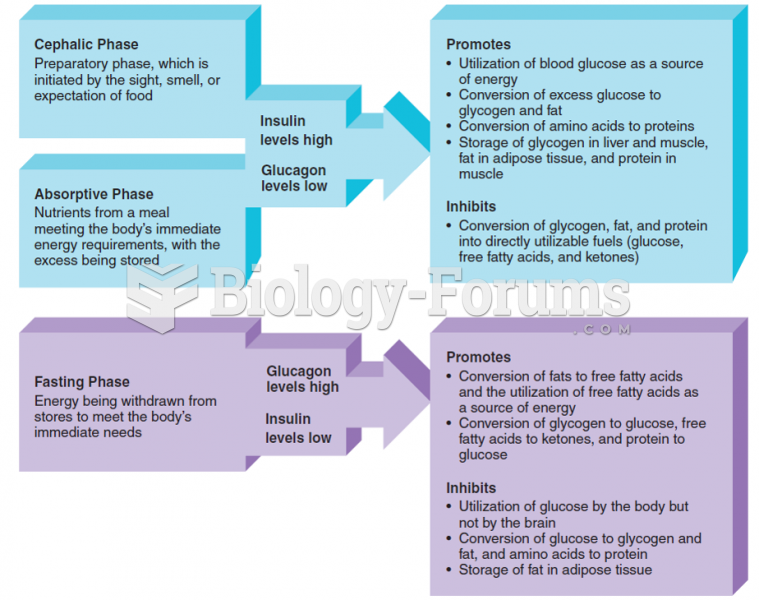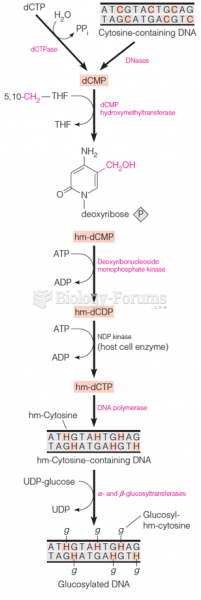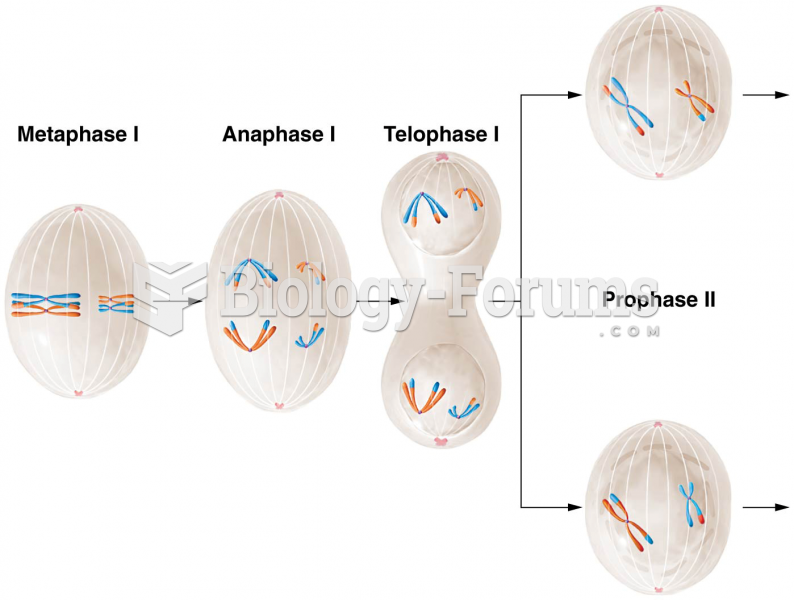Answer to Question 1
With inadequate insulin levels present in her system, glucose is unable to get into her cells that require insulin for the translocation of GLUT-4 transporters. As a result, her body has been attempting to filter the excess glucose from the blood via the kidneys, which has resulted in glycosuria and polyuria. The fluid loss from excess urination then triggered her thirst mechanism, causing polydipsia. Without fuel, her cells are releasing signals that they're starving, which stimulate gluconeogenesis in the liver (which further exacerbates her hyperglycemia) and leads to excessive hunger, or polyphagia. Other effects of the absence of insulin include the lack of signals to the body to increase storage of nutrients and an increase in catabolic hormones, leading to lipolysis and production of ketones as fuel. This contributes to her weight loss as fat stores are utilized, muscle is catabolized, and fluid weight is lost. Fatigue is a factor for several reasons, including the lack of fuel the cells can access, decreased energy stores, the stress placed on the body to try to clear the excess glucose from the blood, dehydration from fluid loss, electrolyte imbalances, and metabolic acidosis from elevated levels of ketones in her system.
Answer to Question 2
Diabetes-related antibodies are often measured to distinguish between type 1 and type 2 DM. It is these antibodies that cause self-destruction of the -cells of the pancreas and lead to inability of the -cells to synthesize and secrete adequate insulin. The antibodies that are tested for include: islet cell cytoplasmic autoantibodies (ICA), insulin autoantibodies (IAA), insulinoma-associated-2 autoantibodies (IA-2A), and glutamic acid decarboxylase autoantibodies (GADA). The presence of antibodies can be used to distinguish between type 1 and type to diabetes because it is only type 1 that is auto-immune in origin. Type 2 is not auto-immune in origin, and therefore will not demonstrate antibodies in antibody testing.
C-peptide is also used as a marker for determining if the individual is producing insulin. If C-peptide is present, insulin is being produced and the patient most likely has T2DM. Due to the presence of the autoantibodies and the lower levels of C-peptide, the self-destruction of Rachel's beta cells is currently taking place. This allows the physician to clearly diagnose her with T1DM over T2DM.







